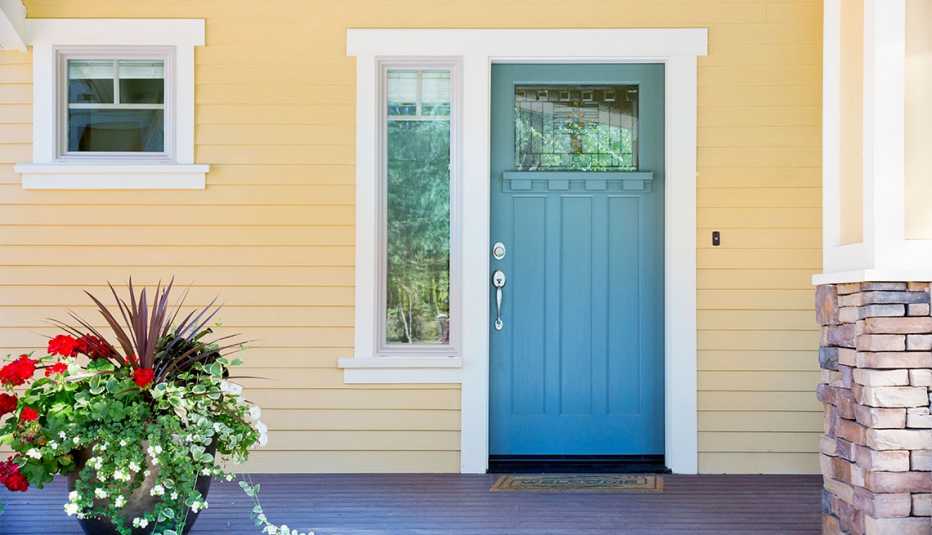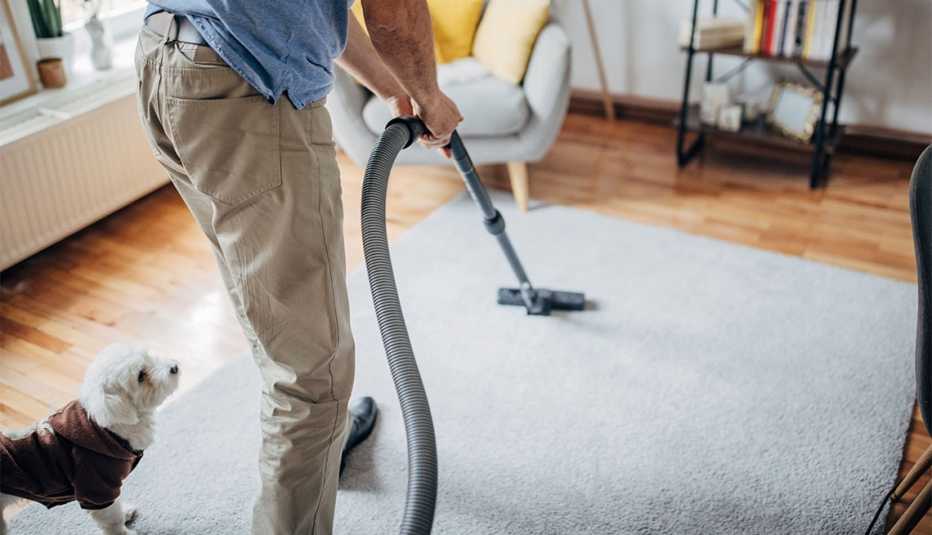AARP Hearing Center


The average homeowner will live in a place for 13 years before selling and moving on — a long time to fill the closets, stuff the pantry, put holes in the walls and let the weeds take hold. So when you decide to move, give yourself plenty of time to prepare. This one-year-countdown plan to open house day is based on interviews with experts.
Our assumptions
You’ll live in the home until after it’s sold, you’ll be moving to a smaller place, and you have a reasonable budget for getting your home ready.
Our goals
To get you top dollar for your home, to help you and your family maintain your sanity, and make your sale and subsequent move as easy and cost-effective as possible.
One year


Create a storage plan. Even if you are merciless with decluttering, chances are you’ll have lots of possessions you’ll need to store during the sales process. Having a dozen neatly stacked bins in your garage won’t hamper the sale, but if the overflow includes furniture, bicycles and/or extra TVs, look into a storage rental or pod. But not for the long term. “If your daughter’s husband is coming with a truck in two months to pick up that riding mower and humongous cabinet, store them,” says Mary Kay Buysse, executive director of the National Association of Specialty & Senior Move Managers. “But don’t move stuff to storage indefinitely — it’s better to get rid of it!”
Start the official decluttering process. Buy, boxes, bins and other containers, and schedule at least one working day for each room, with a firm yes-or-no mindset about what to keep. (“Otherwise, the maybes will take over your life,” Buysse warns.) Have those boxes and bins ready, and decide on ways to mark and categorize them. The “no” possessions should be sorted into Donate, Family, Toss or Sell boxes. One trick is to consider tossing every object you haven’t touched in at least a year. “If you’ve been a good housekeeper, you’ve been purging things away in the ‘backstage’ areas of your home — drawers, cupboards, closets, attic, basement and garage. People in our studies told us that dealing with all this, under a moving deadline, was extremely stressful,” says University of Kansas professor emeritus David J. Ekerdt, author of Downsizing: Confronting Our Possessions in Later Life. Your goal should be to have each room decluttered by month three.
Begin taking photos. “In a competitive market, your house needs to show well in snow, in moonglow and in pool season,” notes third-generation Realtor Richard Stanton of Stanton Company, in Montclair, New Jersey. He recommends capturing the exterior of your home when leaves change color, when spring flowers bloom and, on trend right now, at twilight. Snap shots inside, too. Stanton adds, “It’s wonderful having a complete record of your house as you lived in it — not just as you sold it.”
Nine months


Get a house inspection. An early once-over by a reputable company will buy you time to fix leaky pipes or a rotting foundation, or at least to make a contingency plan. “This is your ticket to preempting last-minute surprises and increasing home value,” says Corinne McKeown, a real estate broker and the author of Forward Move: A Guide to Housing Options and Trends for Seniors.
Focus on the yard. Get a landscaper to assess what you might need to neaten things up, and improve curb appeal. Trees, shrubs and lawns take time to recover from installation, big trims and cleanups. It’s best to get those significant projects done and out of the way.
Add a pest inspection to the list. Again, this will help you head off problems that could delay or sidetrack a sale. Check for termites or other pests that you might not know are there. No buyer wants to see a cockroach at an open house.
Take care of the big issues. If something emerges, don’t wait to get it addressed: Workers and materials are sometimes in short supply and projects often take more time than anticipated. “The rule of thumb with fixes and upgrades post-pandemic is that everything’s going to take twice as long as you think,” Buysse points out.









































































More From AARP
Home Improvement Quiz
Test your knowledge of remodeling, renovations
Your Home Checklist for Aging in Place
Start with small projects and anticipate future needs
7 DIY Ideas for Your Forever Home
Home improvement stars reveal their favorite projects to help you age in place